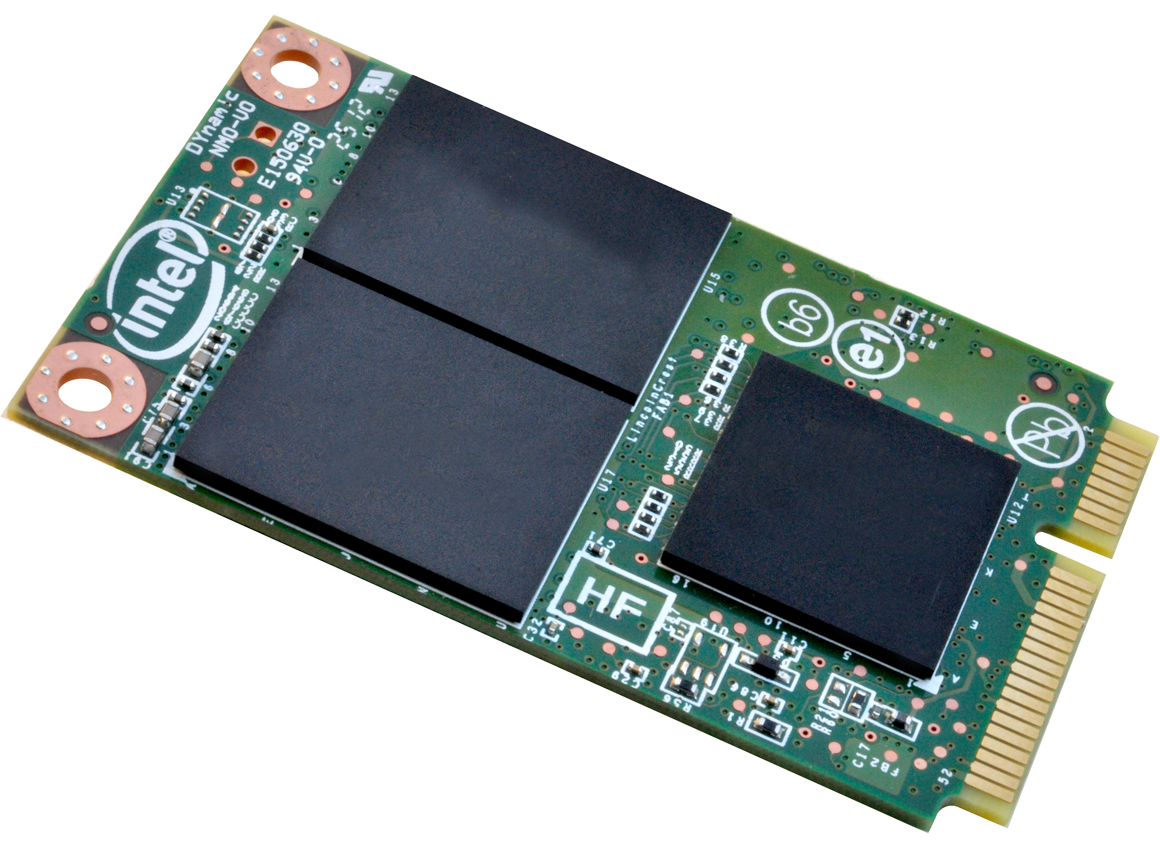Once you have disposed of your old computer or device, what is stopping someone else from recovering the data? Unless you have rendered the data unrecoverable, a cybercriminal may well be able to recover your personal information. We have already discussed how to destroy a hard disk drive so that the data cannot be recovered. That is easy – simply drill or punch a hole right through the chassis. Once the platters are damaged, the data is gone forever. Solid state drive SSDs on the other hand are not so easy.
Short of literally incinerating an SSD, it is much more difficult to render the drive unrecoverable. This is because your drive is comprised of NAND memory chips and each one can be interrogated by themselves using chip off JTAG technology. Unless you want to open the SSD and physically remove every single chip, a more effective solution is required.
Researchers have tried logical sanitization to disrupt the Flash Translation Layer FTL firmware which finds and stores data on the drive. However, we were still able to recover data after this process and this idea was discarded. To avoid the FTL issue, researchers then tried to overwrite all the data twice on a range of hard drives. This was not universally reliable and we managed to recover parts of the data when the researchers asked us to run our processes. Again degaussing had no effect, simply because this is designed to erase magnetic memory.
So until a concrete solution is found, incineration may be the best option. Alternatively a less messy option is to try a microwave oven. The NAND chips will be destroyed within a few seconds by the microwave radiation. Whilst this is not a proven technique, we have been unable to recover data after ‘nuking’ a SSD.
